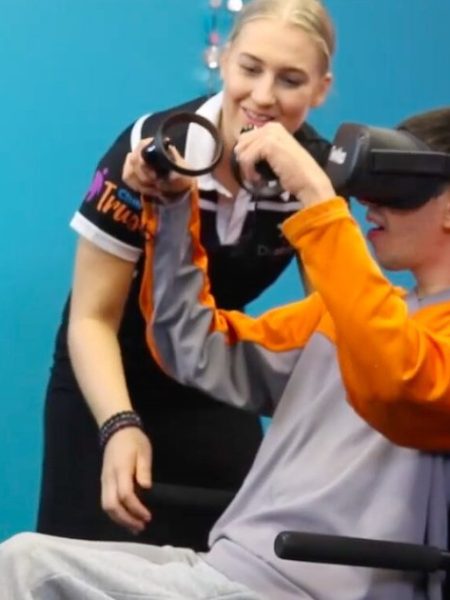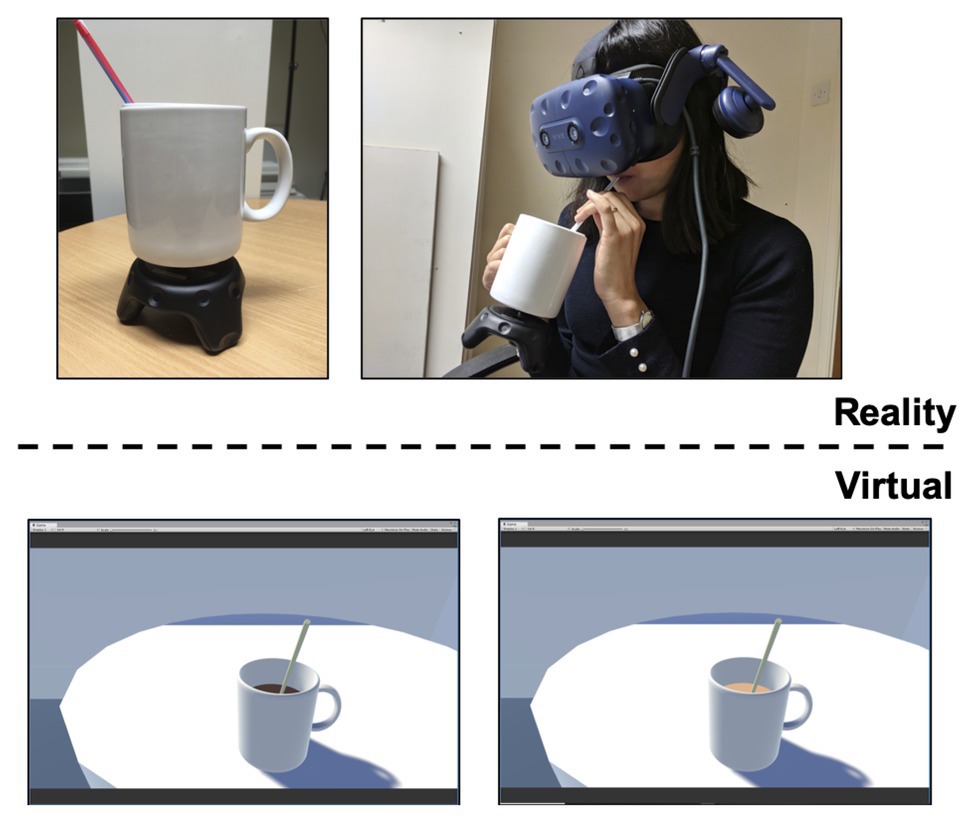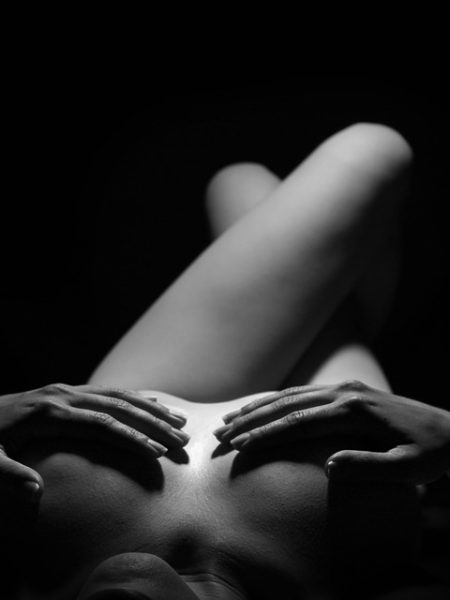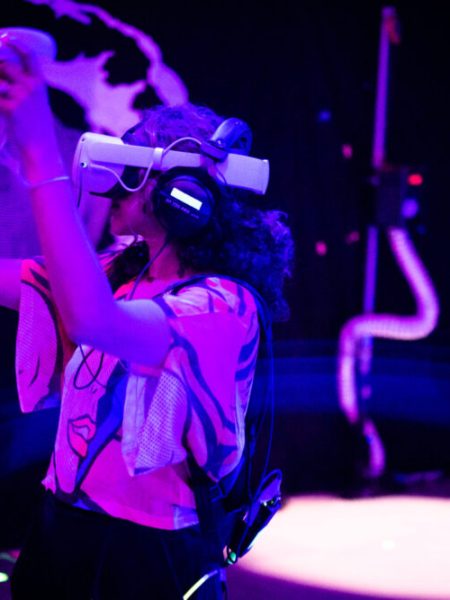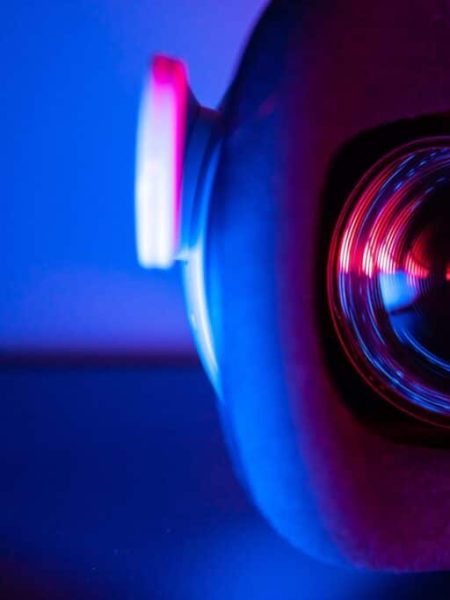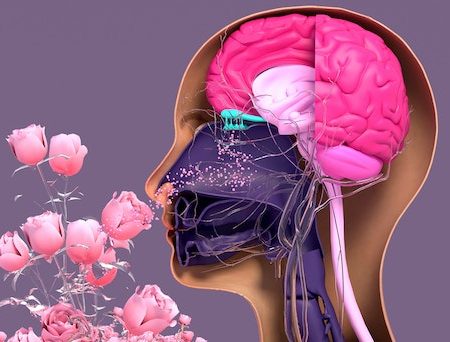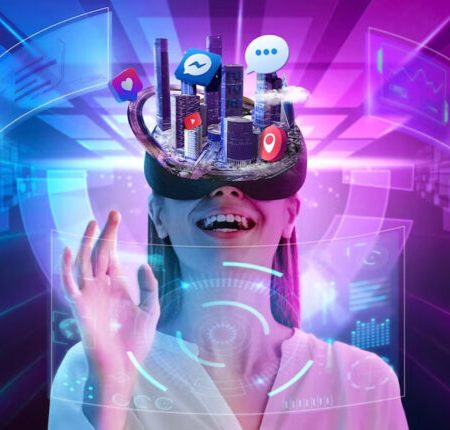New research suggests that changes in the color of cold-brewed coffee as seen through virtuality (VR) can have a profound affect on sensory perceptions.
Published earlier this month, the research led by experimental psychologist and Aarhus University (Denmark) assistant professor Qian Janice Wang along with a team from the University of York (UK) may have practical applications for food and beverage companies. It also highlights ways in which virtual reality might be used to scale up or enhance multisensory research.
The study involved 32 people who volunteered by word of mouth at a University of York computer lab. Each participant was asked to wear a VR headset then given two different Califia Farms cold brews in succession. Both of the cold brews were served “black” — i.e., without creamer — in the real world, with two different sweetness levels through the addition of sucrose.
As the subjects tasted the coffees in the physical world, their VR view showed the drinks at two different colors: one darker brown, and one lighter brown.
Despite no color change in the physical world, tasters said they perceived 20% more “creaminess” in the coffee that was shown through VR to be lighter brown. However, there was no significant effect of the coffee color and the perception of overal likeability or sweetness.
From the study “A Dash of Virtual Milk: Altering Product Color in Virtual Reality Influences Flavor Perception of Cold-Brew Coffee.”
“Since people have learned to associate a light brown color with milky coffee, we hypothesized that a black coffee which appears to be light brown would be rated as tasting sweeter and creamier than one that appears dark brown,” the researchers wrote. “If the hypothesis holds, then we could develop future applications where people can add “virtual creamer” to their coffee to cut down on calories while still maintaining the perception of creaminess. Moreover, this study is uniquely suited for VR because, in the real-world, it would be difficult to make black coffee appear light brown without altering its taste.”
While noting some inherent limitations to the study such as the small sample size and the potential for bias given the subjective nature of responses from participants, they also suggested such VR-based findings might translate to real-world experiences, given the idea that participants believe that what they are eating in the real world is the same as what they are seeing in the virtual world.
“Some future applications of this technology could be to enable multisensory eating scenarios whereby participants could reduce their sugar/salt/fat intake with ‘virtual seasoning,’ (see Wang et al., 2019, for some ways to enhance sweetness without adding sugar), or learn to familiarize themselves with new foods,” they wrote.
The study, published Dec. 31 in Frontiers in Psychology, is called “A Dash of Virtual Milk: Altering Product Color in Virtual Reality Influences Flavor Perception of Cold-Brew Coffee.”
Lead author Wang is one of numerous sensory and/or psychology experts scheduled to present at the upcoming online Sensory Summit for Europe and Africa.
Source: Coffee Color Changes in Virtual Reality Affect Real-Life Perceptions, Research Shows
More multisensory AR/VR
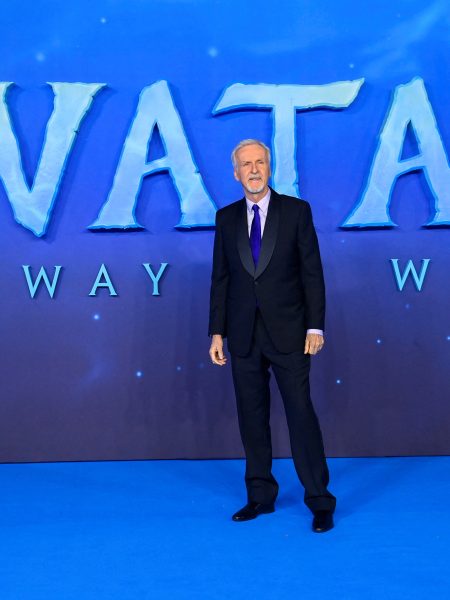
Could the metaverse help predict and produce movie blockbusters? | World Economic Forum

Why Clinique’s Next Move In The Metaverse Is A Winning Formula For Web3 Retail | Forbes
